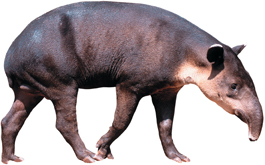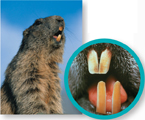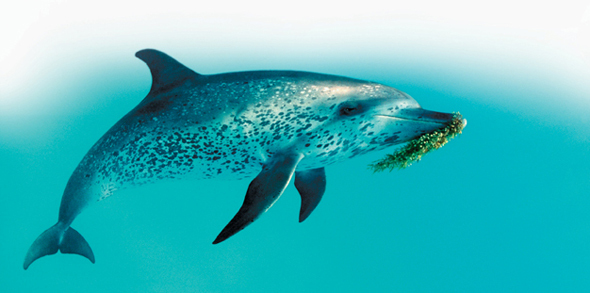Perissodactyla: Hoofed, odd-toed mammals
This group is made up of hoofed animals with an odd number of toes on each foot. Like artiodactyls, this group contains mostly large, grazing animals. Examples: horses, zebras, rhinoceroses

Tapir hoof

Central American Tapir
Artiodactyla: Hoofed, even-toed mammals
These large, grazing, hoofed mammals have an even number of toes on each foot. Examples: cattle, sheep, pigs, hippopotami

Giraffe hooves

Maasai Giraffe
Rodentia: Rodents
Rodents have a single pair of long, curved incisor teeth in both their upper and lower jaws, used for gnawing wood and other tough plant material. Examples: rats, squirrels, porcupines

Alpine Marmot and incisors
Cetacea: Cetaceans
Like sirenians, cetaceans—the group that includes whales and dolphins—are adapted to underwater life, yet must come to the surface to breathe. Most cetaceans live and breed in the ocean. Examples: whales, dolphins

Atlantic Spotted Dolphin
Table of Contents
- Formulas and Equations
- Applying Formulas and Equations
- Mean, Median, and Mode
- Estimation
- Using Measurements in Calculations
- Effects of Measurement Errors
- Accuracy
- Precision
- Comparing Accuracy and Precision
- Significant Figures
- Calculating With Significant Figures
- Scientific Notation
- Calculating With Scientific Notation
- Dimensional Analysis
- Applying Dimensional Analysis




